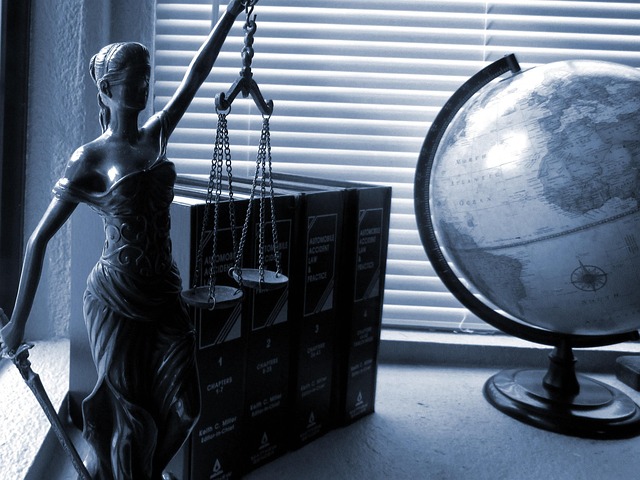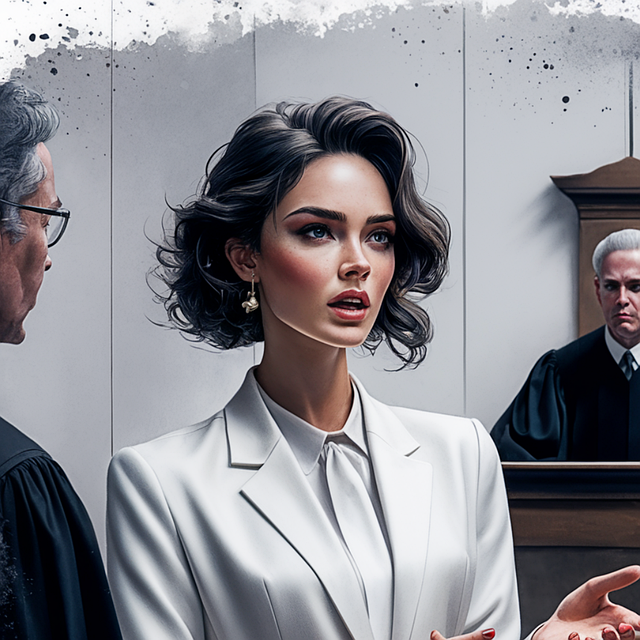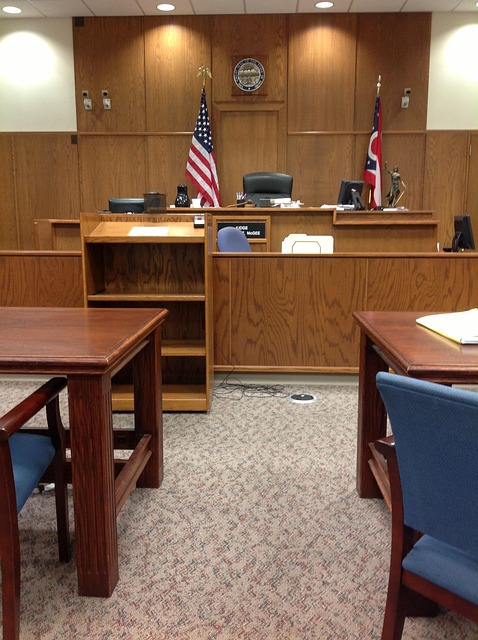Uncovering and strategically using personal injury evidence is key for attorneys in achieving favorable case outcomes. This involves meticulously gathering and presenting medical records, witness statements, expert opinions, and other relevant documents to demonstrate liability, damages, and impact, especially in complex cases like elder abuse or employment disputes. Effective use of personal injury evidence ensures accurate case reconstruction, promotes fairness, and strengthens attorney credibility.
Attorneys play a pivotal role in advocating for clients affected by personal injuries, and strategic use of evidence is key to successful case outcomes. This article delves into the art of uncovering crucial personal injury evidence, crafting compelling presentations, and navigating complexities. By exploring these aspects, legal professionals can enhance their chances of securing favorable verdicts, ensuring justice for those injured through no fault of their own. Learn how to strategize effectively with strong personal injury evidence as a powerful tool in your legal arsenal.
- Uncovering Crucial Personal Injury Evidence
- Strategizing for Effective Case Presentation
- Navigating Complexities: Winning with Strong Evidence
Uncovering Crucial Personal Injury Evidence

In personal injury cases, uncovering crucial evidence is a meticulous process that significantly influences the outcome. Attorneys meticulously scrutinize various sources to gather definitive proof, especially in complex scenarios like nursing home abuse or employment contract disputes. They delve into medical records, police reports, witness statements, and expert opinions to construct a compelling narrative. This strategic approach ensures that every detail, from initial assessments to post-incident care, is accurately represented.
A car accident attorney, for instance, might focus on reconstructing the sequence of events using sensor data, surveillance footage, and forensic analysis. Similarly, in nursing home abuse cases, evidence may include CCTV footage, staff logs, and medical history to substantiate claims. The key lies in presenting a comprehensive, irrefutable case, where personal injury evidence serves as the cornerstone, guiding the legal strategy and ultimately advocating for the rights of those harmed.
Strategizing for Effective Case Presentation

A successful case presentation is pivotal for attorneys aiming to secure favorable outcomes in personal injury cases. Strategizing effectively involves understanding the unique aspects of each client’s situation and the corresponding evidence required to prove liability and damages. Personal injury lawyers must be adept at weaving a compelling narrative from the available personal injury evidence, ensuring it resonates with the jury or judge. This includes meticulously organizing medical records, witness statements, photographs, and expert opinions to illustrate the extent of injuries, the responsible party’s negligence, and the impact on the victim’s life.
By employing a structured approach, attorneys can effectively communicate complex legal concepts to non-legal professionals. They must also anticipate potential objections from the defense and prepare responses accordingly. This strategic planning not only strengthens the case but also boosts the credibility of the personal injury lawyer, especially when dealing with high-stakes cases like truck accident injuries or employment disputes where substantial compensation is at stake.
Navigating Complexities: Winning with Strong Evidence

Navigating the complexities of a personal injury case requires strategic prowess, and at the heart of this lies the effective use of evidence. In the world of personal injury law, where outcomes can significantly impact clients’ lives and livelihoods, strong evidence is the linchpin for winning cases. Attorneys must be adept at gathering, analyzing, and presenting relevant personal injury evidence to build compelling arguments.
This involves scrutinizing medical records, expert opinions, eyewitness testimonies, and more. For instance, in cases of elder abuse, where the stakes are high due to vulnerable plaintiffs, legal representation must delve into detailed documentation of physical and psychological assessments, financial records, and incident reports. Similarly, in slip-and-fall cases, attorneys need to inspect scene photographs, security footage, and witness statements to reconstruct the incident accurately. The strategic use of such evidence not only strengthens the case but also ensures a fair and just outcome for the client.
Attorneys play a pivotal role in navigating complex personal injury cases by strategically employing relevant and compelling evidence. From uncovering crucial details to presenting a robust case, understanding how to utilize personal injury evidence is a game-changer. By mastering the art of strategy and keeping an eye on the complexities involved, legal professionals can ensure their clients receive fair compensation for their injuries. This strategic approach, combined with a deep understanding of the law, ultimately leads to successful outcomes in personal injury litigation.






